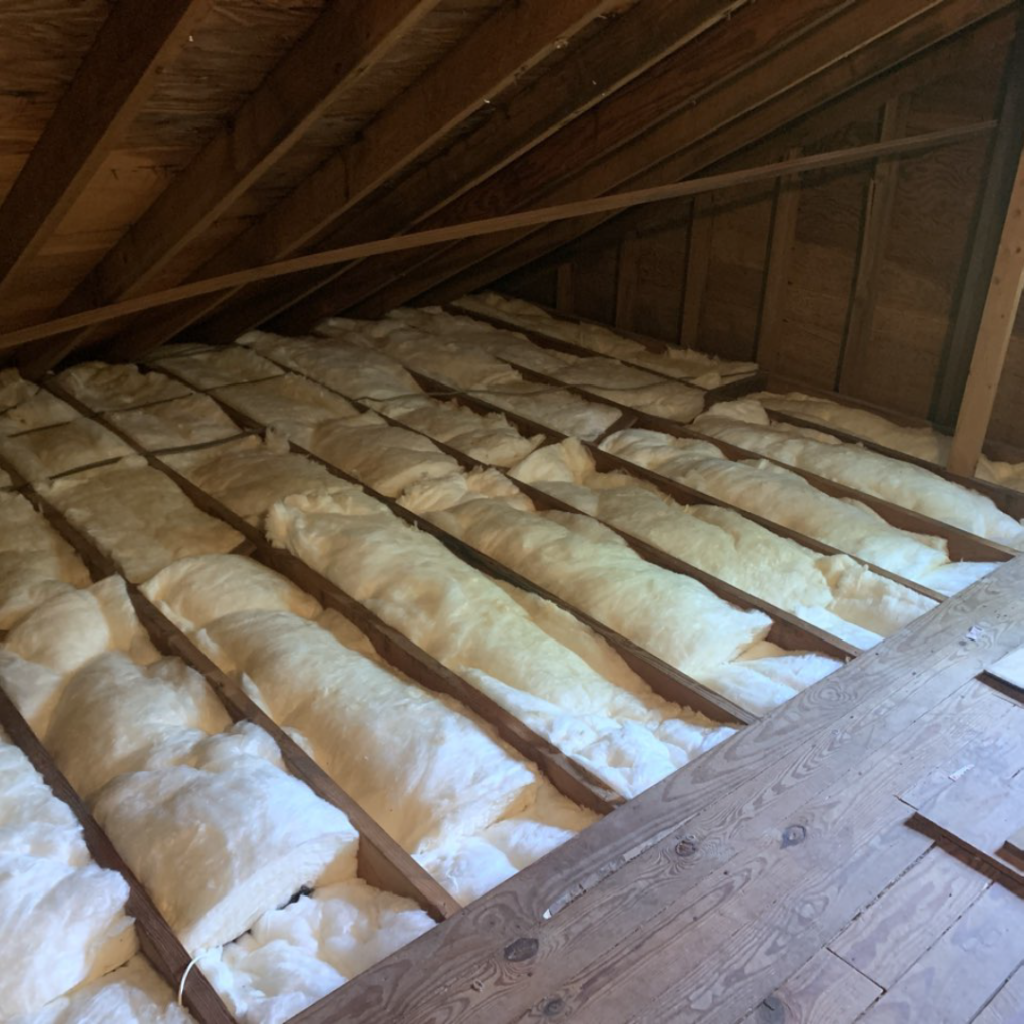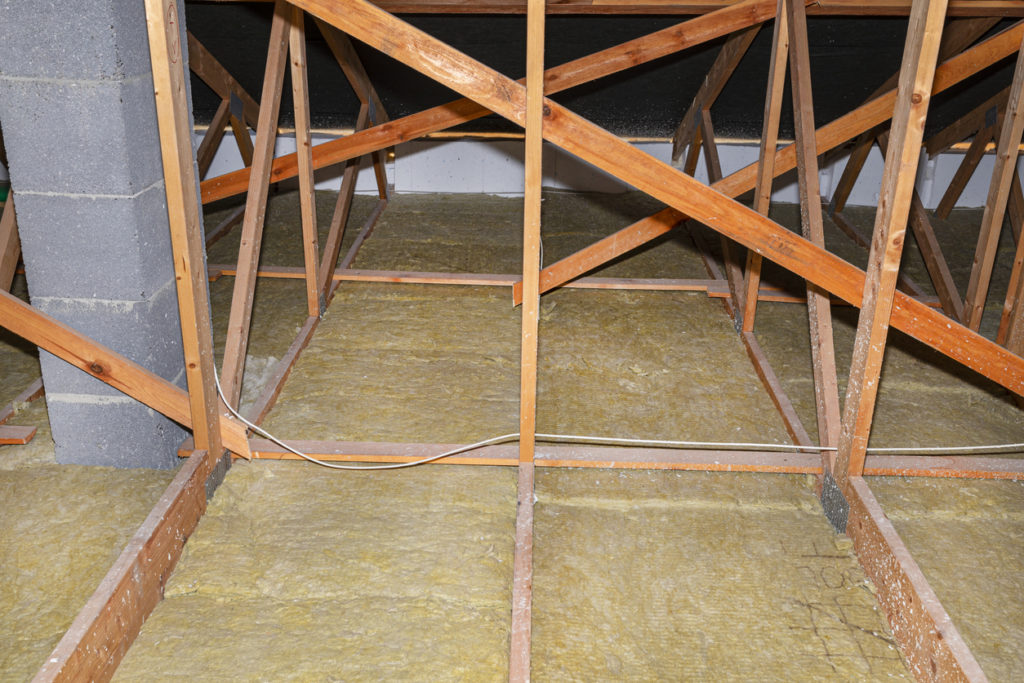
Your attic might be the forgotten corner of your home, often relegated to storage. Yet, its insulation plays a crucial role in your overall comfort and energy bills. Proper insulation can make a significant difference.
When you embark on the journey of installing new attic insulation, numerous factors come into play. Accessibility to your attic, potential obstructions such as wiring or ductwork, the type and condition of the current insulation, and ensuring proper attic ventilation are all essential considerations. These variables can determine the effectiveness of your insulation and ultimately impact your home’s energy efficiency.
At Jersey Shore Crawlspace, we understand the unique challenges that come with attic insulation. Many homeowners encounter issues like inadequate insulation, gaps and voids, and outdated materials. Our experienced team is well-equipped to address these challenges head-on. We start by performing a comprehensive attic evaluation, taking stock of the attic’s current conditions. Based on our findings, we create a personalized approach to insulating your attic, ensuring it is optimized for maximum energy efficiency and comfort.
Transform your attic from an overlooked storage space into an energy-efficient sanctuary that enhances your home’s overall comfort. Don’t underestimate the importance of attic insulation—contact us today to begin the journey toward a cozier and more cost-effective living environment. Let us help you unlock the full potential of your attic.
Unlock the Benefits of Upgraded Attic Insulation
Upgrading your attic insulation isn’t just about addressing common issues; it’s an investment in your home’s overall well-being. Here are some key benefits:
- Energy Efficiency: Enhanced insulation helps maintain a consistent temperature, reducing the workload on your HVAC system and leading to lower energy bills.
- Year-Round Comfort: Enjoy a more comfortable living environment, with improved temperature regulation in both summer and winter.
- Cost Savings: Lower energy consumption means reduced monthly utility bills, providing long-term cost savings.
- Environmental Impact: Decreased energy usage contributes to a greener, more sustainable lifestyle, reducing your carbon footprint.
- Health and Air Quality: Proper insulation can minimize drafts and reduce the influx of outdoor pollutants, promoting better indoor air quality.
- Increased Home Value: A well-insulated attic enhances the resale value of your property, making it a wise investment for the future.
- Noise Reduction: Improved insulation can also dampen noise from outside, creating a quieter and more peaceful home environment.
By upgrading your attic insulation, you’re not only improving your daily living experience but also making a smart financial and environmental choice. Let us help you unlock these benefits and create a more comfortable, energy-efficient home.
Our Attic Insulation Solutions
We understand that every home is unique, and your attic insulation needs may differ. That’s why we offer a range of insulation solutions tailored to meet your specific requirements:
- Mineral Wool Insulation: A smart option to boost energy efficiency and minimize disruptive noise levels from above, with the potential to reduce sound transmission by up to eight times. Its robust R-Value options ensure effective insulation, while its moisture-resistant nature adds to its longevity and performance.
- Kraft-faced Insulation: A versatile and effective option for attic insulation, offering various R-Values to meet insulation requirements, with its integrated Kraft paper facing acting as both a vapor barrier and a moisture-resistant shield for consistent thermal comfort and protection against dampness, making it a valuable choice for creating a well-balanced and protected environment in these spaces.
- Encapsulated Fiberglass Insulation: Offers a highly effective solution for attic insulation. Installed between the attic floor joists, this practice effectively seals the building envelope, enhancing energy efficiency and comfort within your living space. The encapsulated insulation features a vapor retarder, safeguarding your attic from the potentially humid environment and ensuring a durable and well-protected insulation solution.

Attic Insulation by Jersey Shore Crawlspace
At Jersey Shore Crawlspace, we are committed to enhancing your home’s comfort, reducing energy costs, and ensuring a sustainable future. With our expertise in attic insulation, we transform your attic into a haven of efficiency and comfort. Don’t miss out on the benefits of superior insulation—contact us today for a consultation and take the first step towards a better home.
